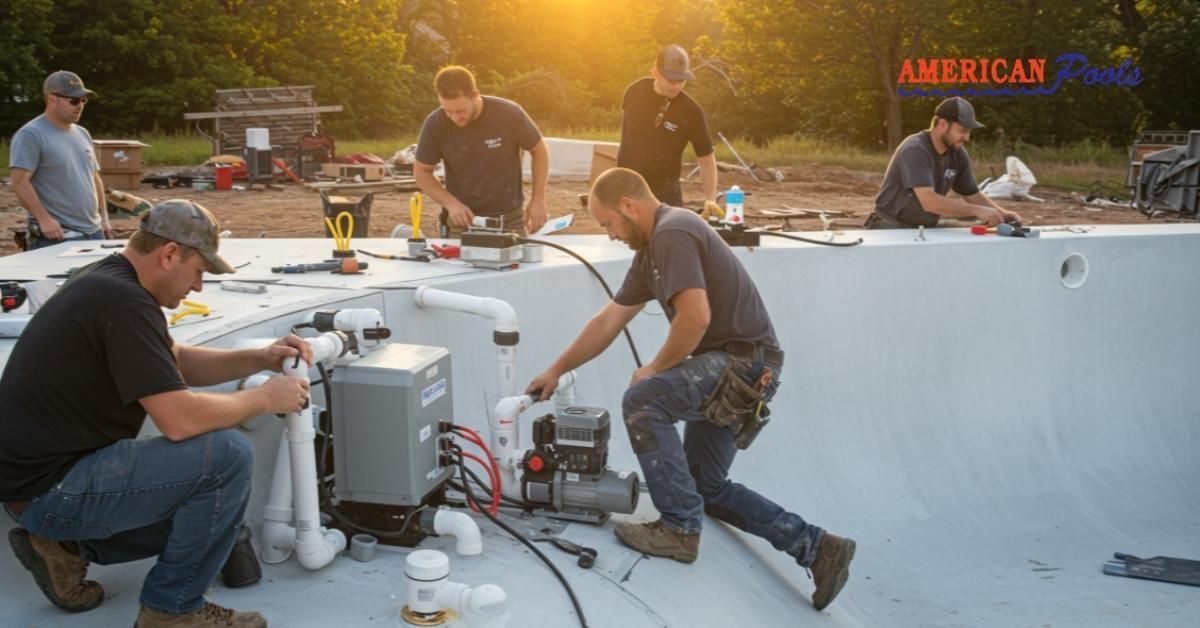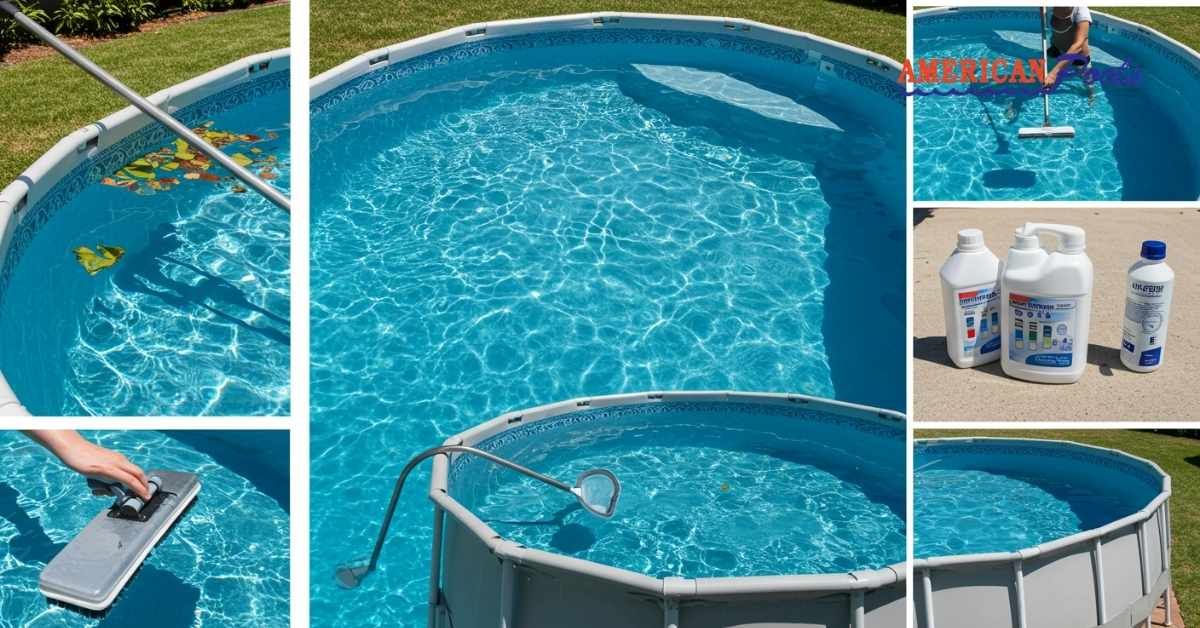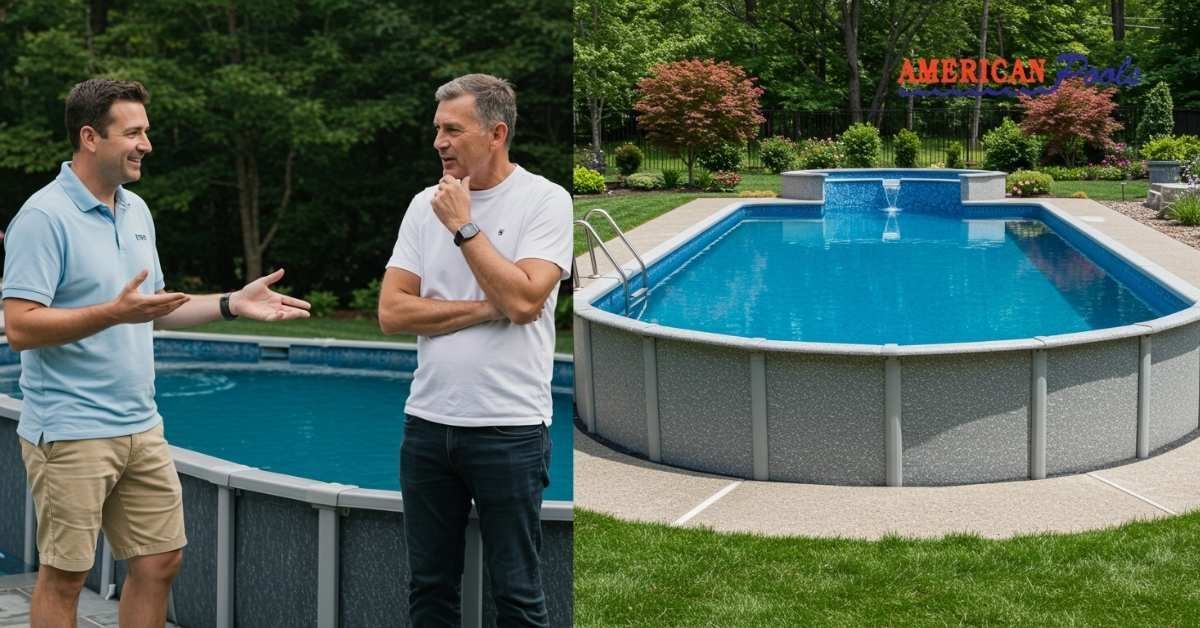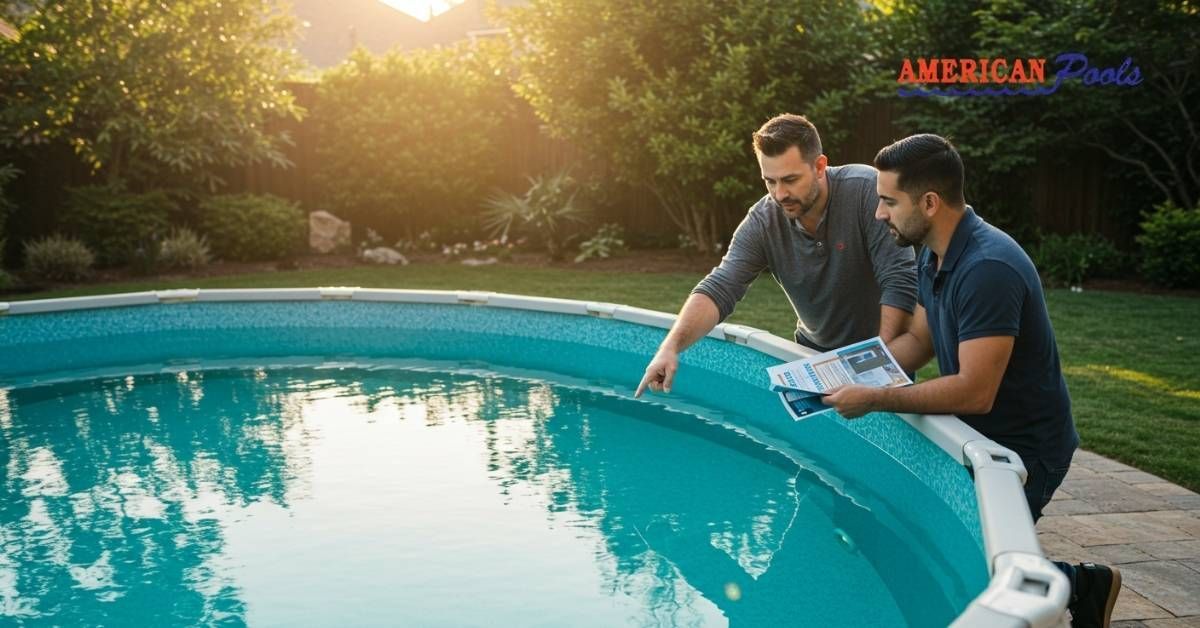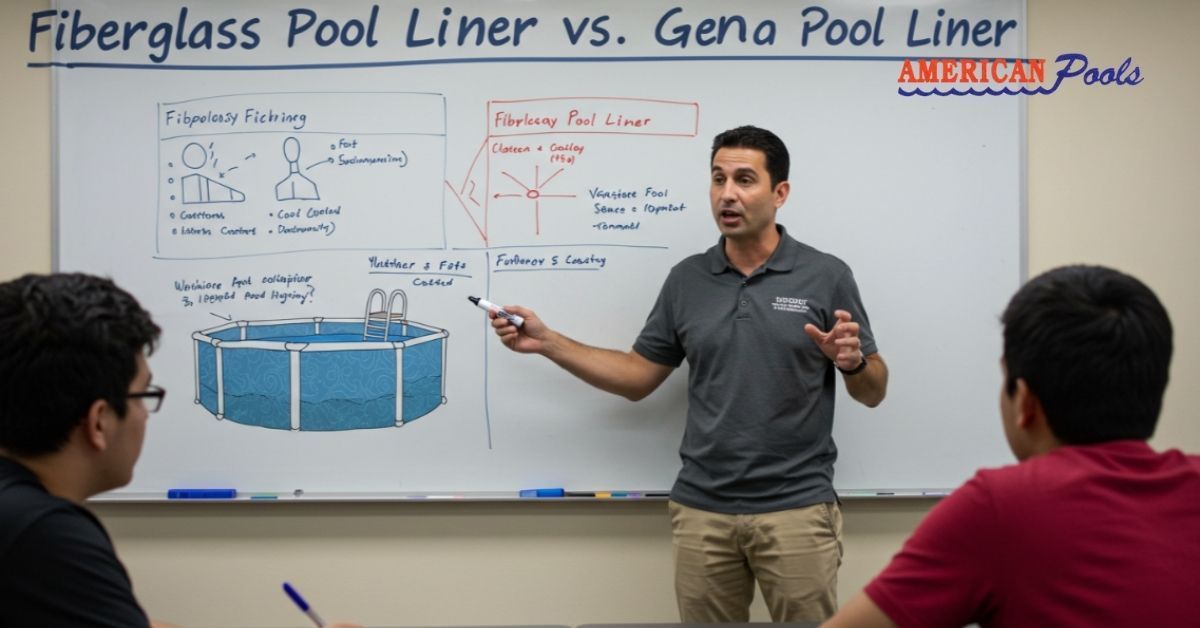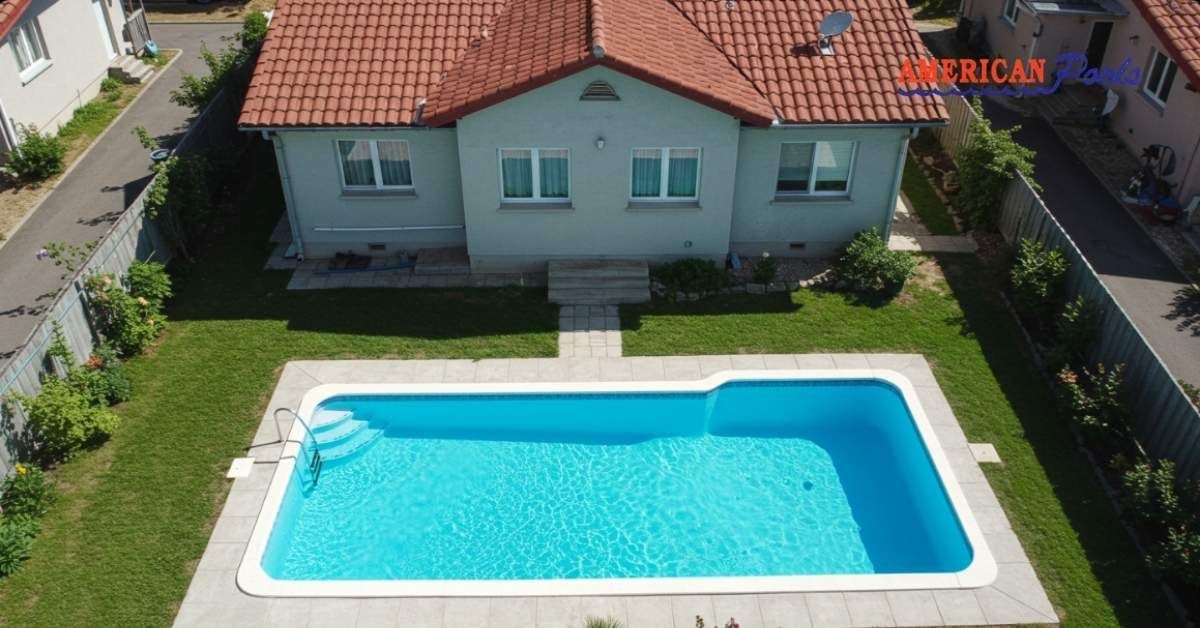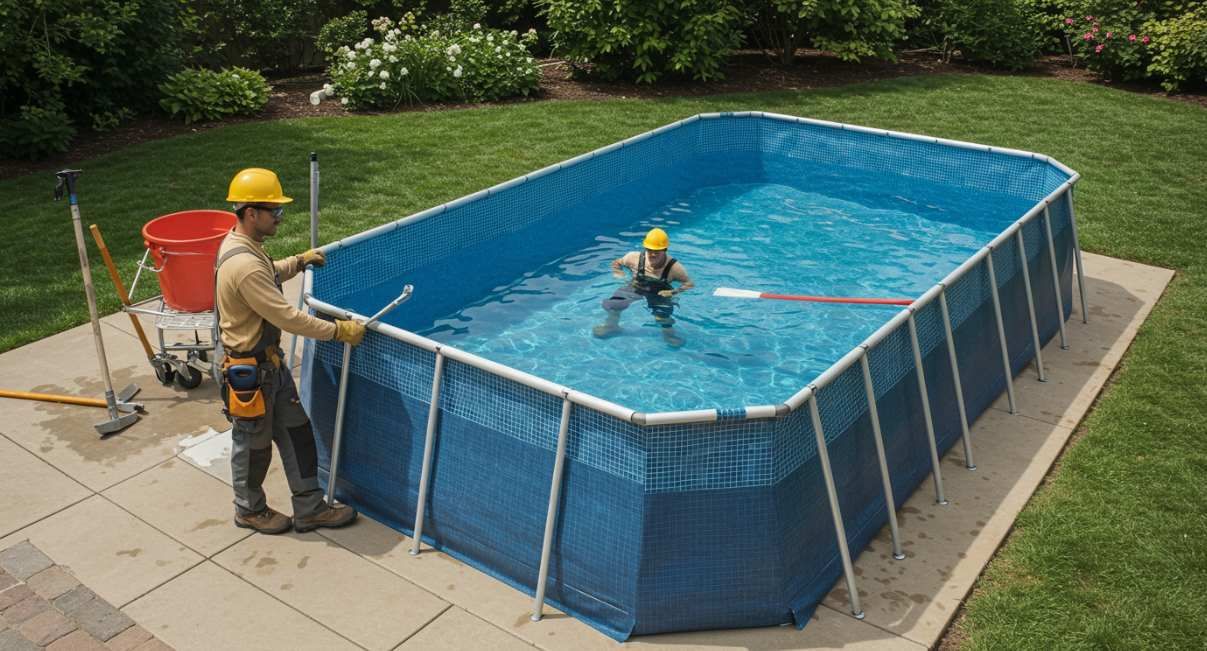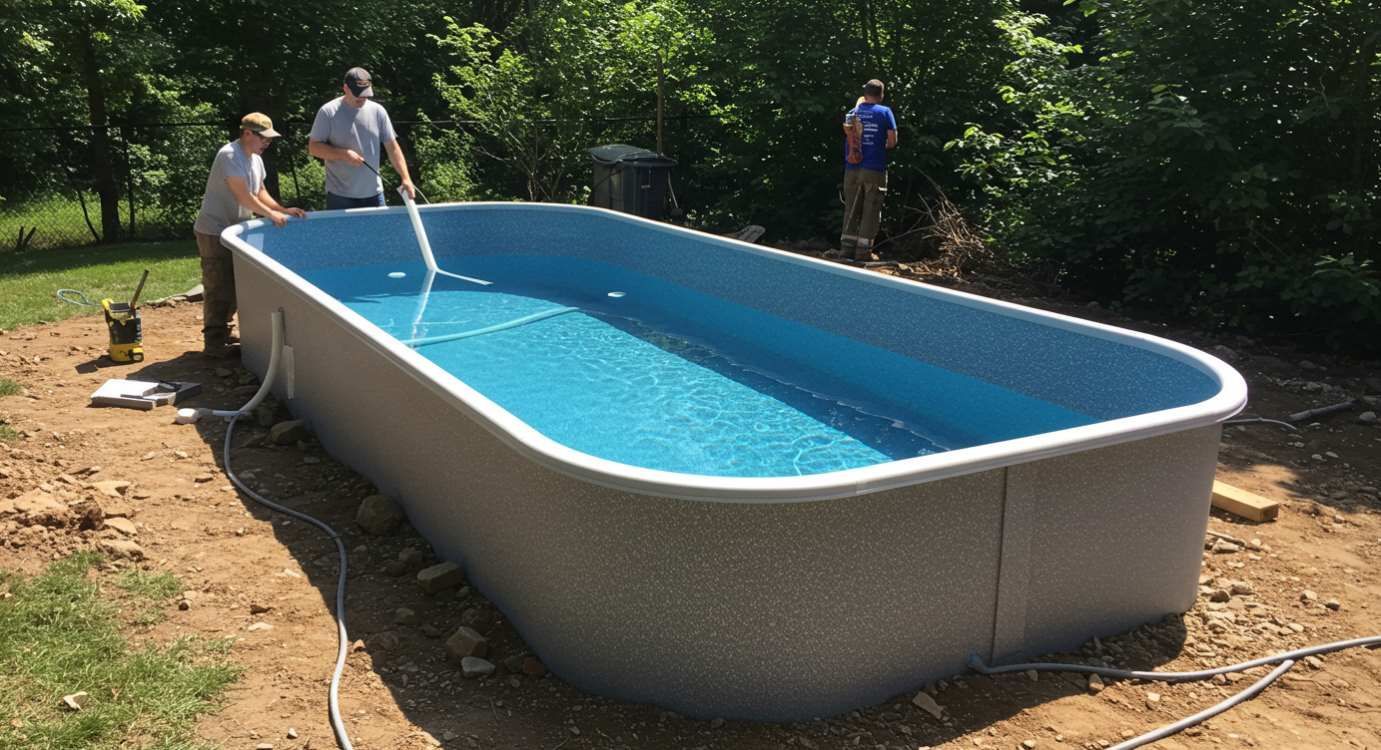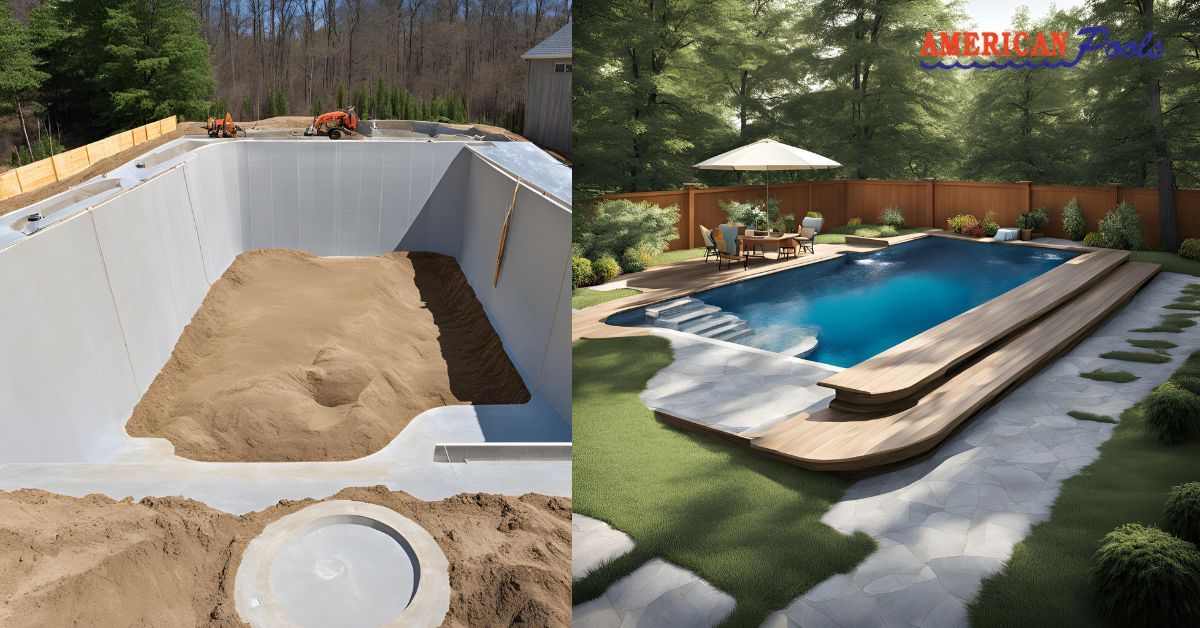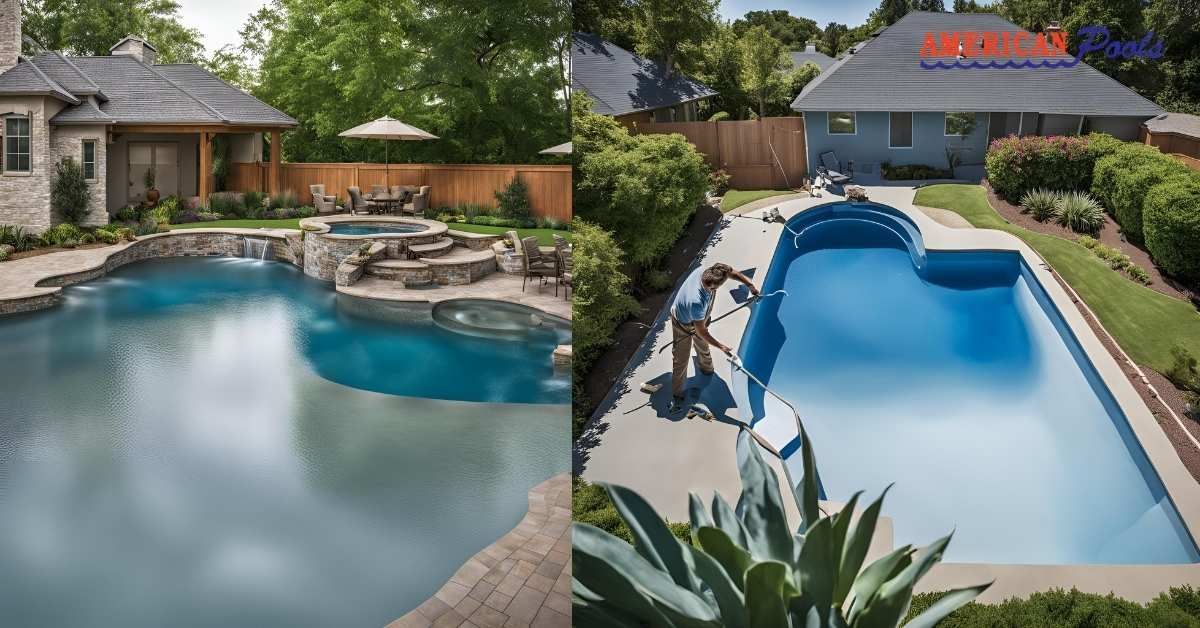The Essential Guide to Fiberglass Pool Repair
Fiberglass Pool Repair 101
The Essential Guide to Fiberglass Pool Repair
Fiberglass pools are known for their durability and low maintenance, but like any pool type, they sometimes require repair to stay in optimal condition. Whether dealing with surface cracks, gel coat issues, or discoloration, understanding the ins and outs of fiberglass pool repair can save you time and money. In this guide, we’ll break down common repair needs, best practices, and when it’s time to call a professional.
1. Common Fiberglass Pool Issues
While fiberglass pools are highly resilient, they can still face issues over time, including:
• Surface Cracks: Small cracks may form due to natural shifting in the ground or minor impact damage. While these are typically surface-level and don’t affect structural integrity, they can detract from appearance.
• Blistering or “Osmotic” Bubbles: Sometimes, osmotic blisters develop due to water seeping into the fiberglass layer, causing bubbles to form under the gel coat. Addressing these requires expertise to prevent further blistering.
• Discoloration: Gel coat can discolor over time, especially from excessive sun exposure, improper chemical balance, or age.
Relevant Resource:
Pool & Spa Warehouse on Common Pool Issues
2. DIY Repairs vs. Professional Assistance
Minor repairs, such as addressing small surface scratches or applying new gel coats, can often be managed by pool owners with the right materials and guidance. However, more extensive repairs, like fixing osmotic blisters or large cracks, require professional expertise. Attempting to repair these on your own can lead to further damage if not done correctly, costing more in the long run.
If your pool has major issues, consider hiring a certified professional to ensure the repairs are completed safely and effectively.
Relevant Resource:
3. Steps for Minor DIY Fiberglass Pool Repairs
For homeowners willing to attempt minor repairs, here’s a general overview:
• Surface Preparation: Clean the area thoroughly to ensure there’s no dirt, algae, or chemical residue.
• Repair Kit Application: Small cracks and scratches can be filled with specialized fiberglass repair kits, which typically include resin, hardener, and sandpaper.
• Sanding and Polishing: Once the filler has dried, sand and polish the area to blend it with the surrounding surface, restoring the pool’s smooth appearance.
Remember, following the manufacturer’s instructions on repair products is crucial for a successful outcome.
Relevant Resource:
In the Swim on Pool Repair Kits
4. When to Resurface Your Fiberglass Pool
Over time, your fiberglass pool’s gel coat may start to show wear, resulting in roughness, discoloration, or a chalky appearance. Resurfacing is a comprehensive repair that can restore your pool’s original look and feel while enhancing its longevity. This process involves stripping the old gel coat and applying a new one, which requires professional equipment and expertise.
Signs that Resurfacing May Be Needed:
• Persistent rough spots or areas that are hard to clean
• Widespread discoloration
• Extensive hairline cracks
Resurfacing can give your pool a refreshed look while preventing the need for more frequent repairs.
Relevant Resource:
American Fiberglass Pools on Resurfacing
5. Prevention Tips to Reduce the Need for Repairs
Preventative care goes a long way toward reducing the frequency of repairs:
• Maintain Chemical Balance: Proper pH and chlorine levels help prevent staining, fading, and other issues that can affect fiberglass.
• Regular Cleaning: Consistently cleaning your pool prevents buildup on the gel coat, which can otherwise lead to dullness and discoloration.
• Seasonal Inspections: Before pool season begins, conduct a visual inspection of the surface to check for cracks, discoloration, and other signs of wear. Catching issues early helps avoid major repairs later.
Relevant Resource:
Pro Growe on Pool Maintenance Tips
6. Long-Term Benefits of Professional Fiberglass Pool Repair
Hiring a professional for significant repairs ensures high-quality work, and many reputable companies offer warranties on repairs, giving you peace of mind. Additionally, professionals can offer insights into preventative care that prolongs the lifespan of your pool.
If you’re experiencing significant issues with your fiberglass pool, contact a trusted service provider like American Fiberglass Pools to ensure your pool is restored effectively.
Long-Tail Keywords for Fiberglass Pool Repair:
1. “How to repair a fiberglass pool crack”
2. “DIY vs. professional fiberglass pool repair”
3. “Best way to resurface a fiberglass pool”
4. “Low-cost fiberglass pool repair solutions”
5. “Preventative maintenance tips for fiberglass pools”
Conclusion
Fiberglass pools are low-maintenance, but repairs are sometimes necessary to maintain their appearance and function. Knowing when and how to address minor issues—and when to call in professionals—can help you extend the life of your pool. For more information on fiberglass pool repair and maintenance, connect with a reputable service provider like American Fiberglass Pools. Additionally, for tips on enhancing your online presence in the pool industry, visit Pro Growe, a trusted digital marketing partner specializing in the pool sector.

